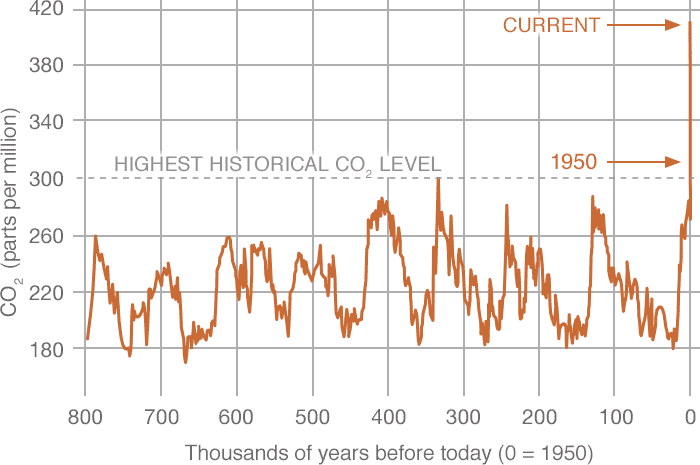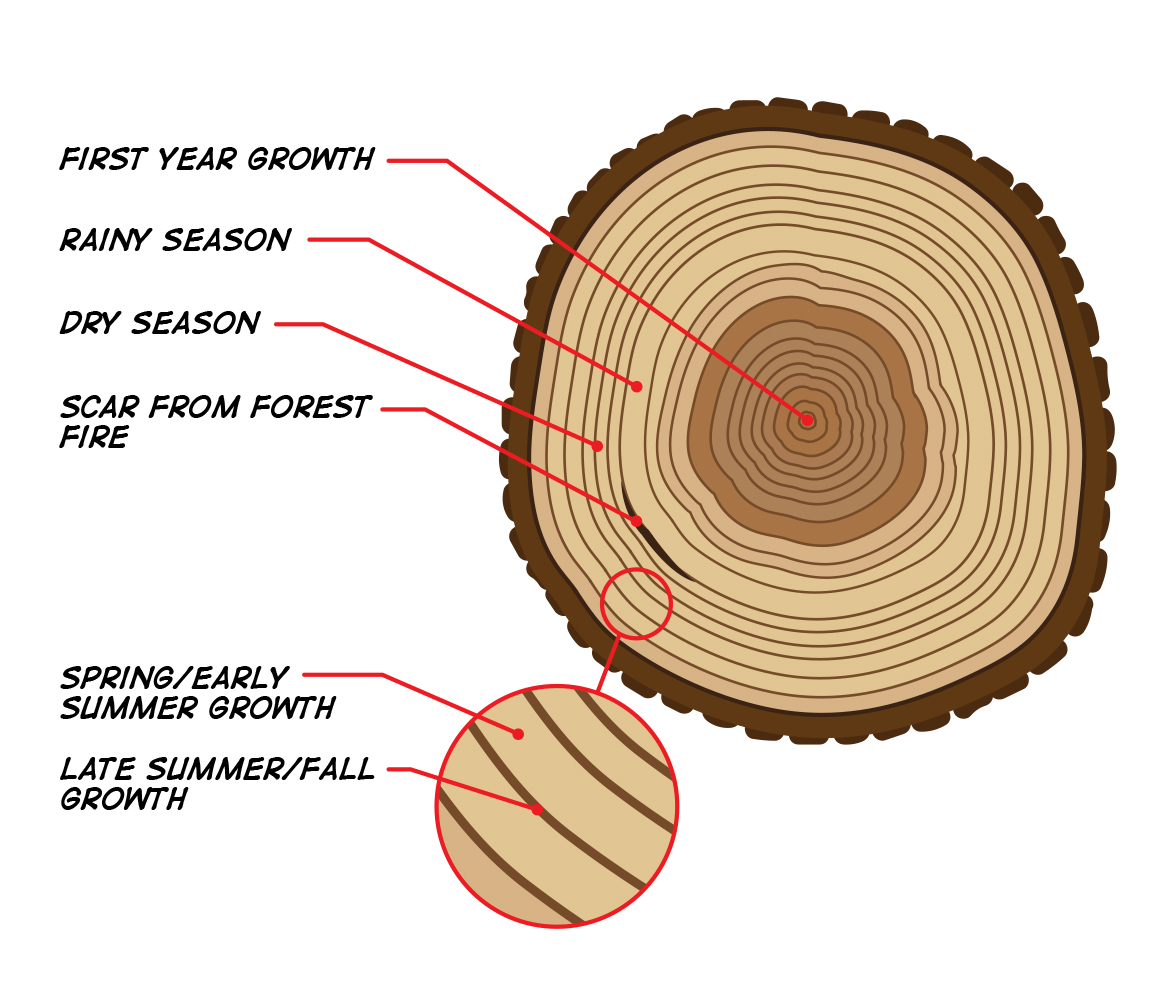A new year, new commitments. How will you make a difference in this new year?
Take a look at the Minnesota 100% Campaign! They have many helpful ways of taking action this year.
From their website:
The 100% Campaign is bringing Minnesotans together – people just like you – who believe we need an equitable clean energy future for everyone in our state.
With both organizational partners and individual endorsees, the 100% Campaign is grounded in the idea that “to change everything, we need everyone”. We are organizing a cross-sector, statewide, multi-racial, intersectional campaign to build an equitable clean energy economy that works for everyone in Minnesota.
We believe that Minnesotans must act now to ensure our well-being for generations to come. To do that, we must:
- Transition to safe, clean, locally-made energy solutions at scale and as quickly as we can.
- Create solutions that work for all Minnesotans across race, gender, class, and place
- Encourage public & private investments, expand worker training, and create new energy solutions that save us money
- Strengthen all communities that are impacted by pollution or the transition away from fossil fuels
Minnesotans aren’t afraid to lead.
In science. In education. In business or politics. When Minnesota leads with our values, the whole country does better. The future looks brighter.
We can create an equitable clean energy economy, if we demand it.
To accomplish it, there are five policy directions that we need to lead:
Renewables: We must accelerate as quickly as possible our transition to equitable renewable energy for everyone across the state.
Efficiency: We must strengthen our commitment to making all our buildings more efficient while creating equitable pathways to sustainable, high-wage work.
Sequestration: We must improve our land, water, & air while decarbonizing by promoting healthy forestry and land use in urban, suburban, & greater Minnesota.
Electrification: We must invest in beneficial electrification, prioritizing our low-income, rural, and most-impacted communities.
Transition & Adaptation: We must protect our communities that are impacted directly by pollution or the transition away from fossil fuels.
Would you like to learn more and take action this year? Visit their website at https://www.100percentmn.org/home






